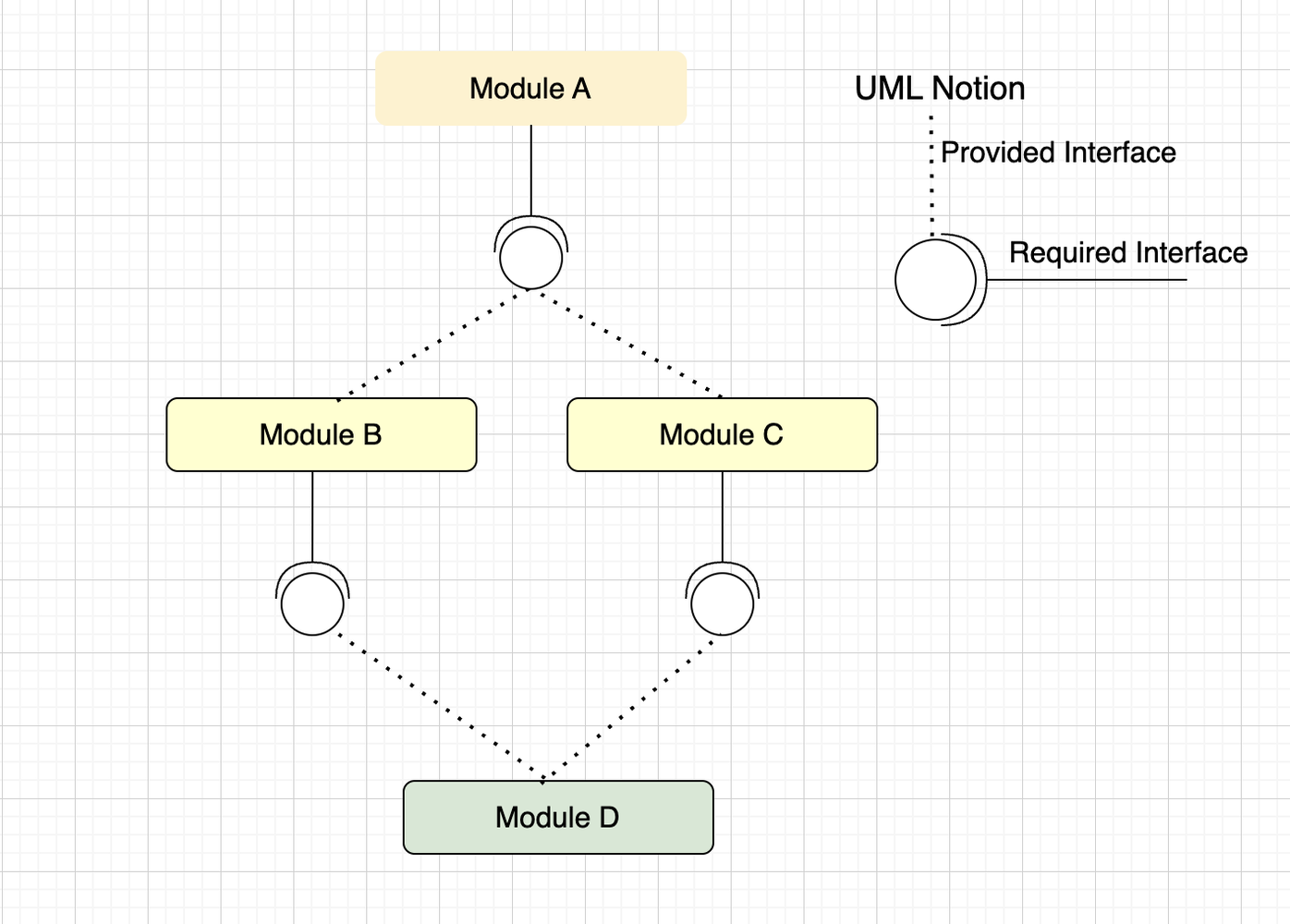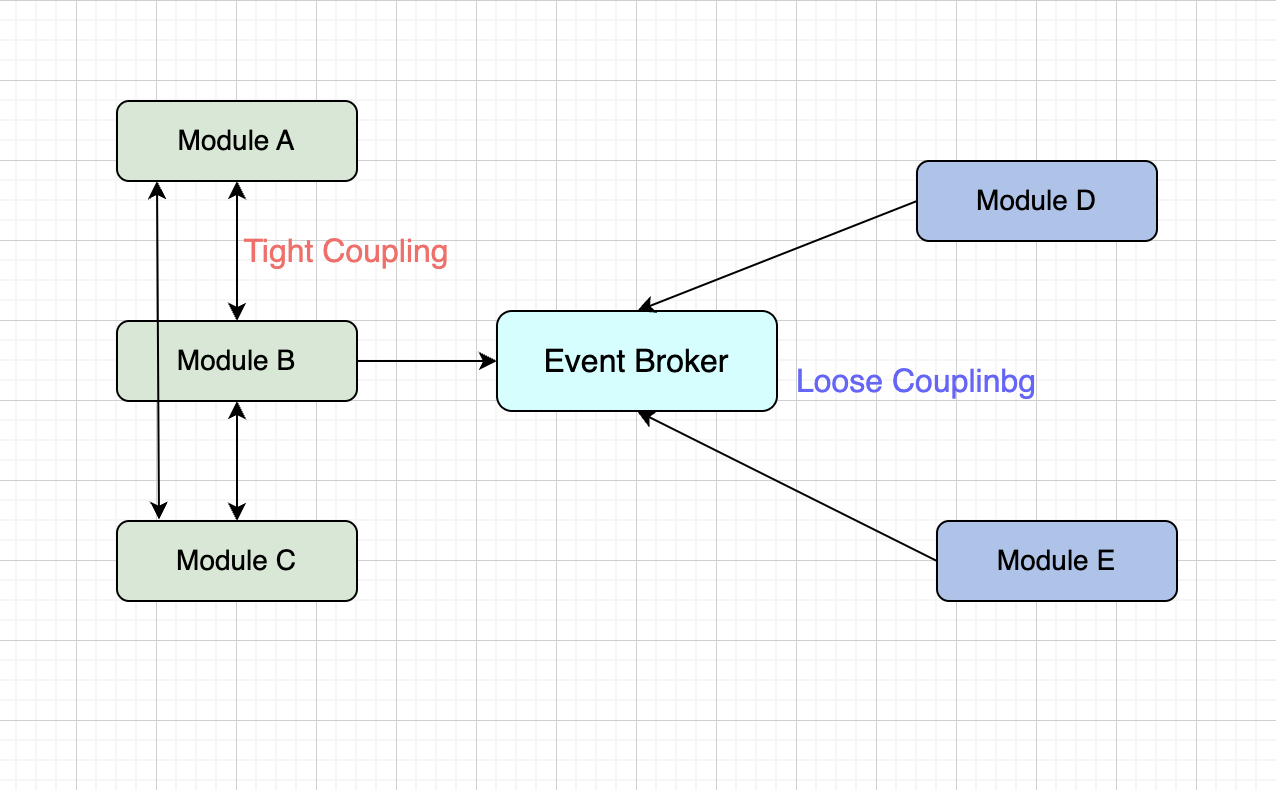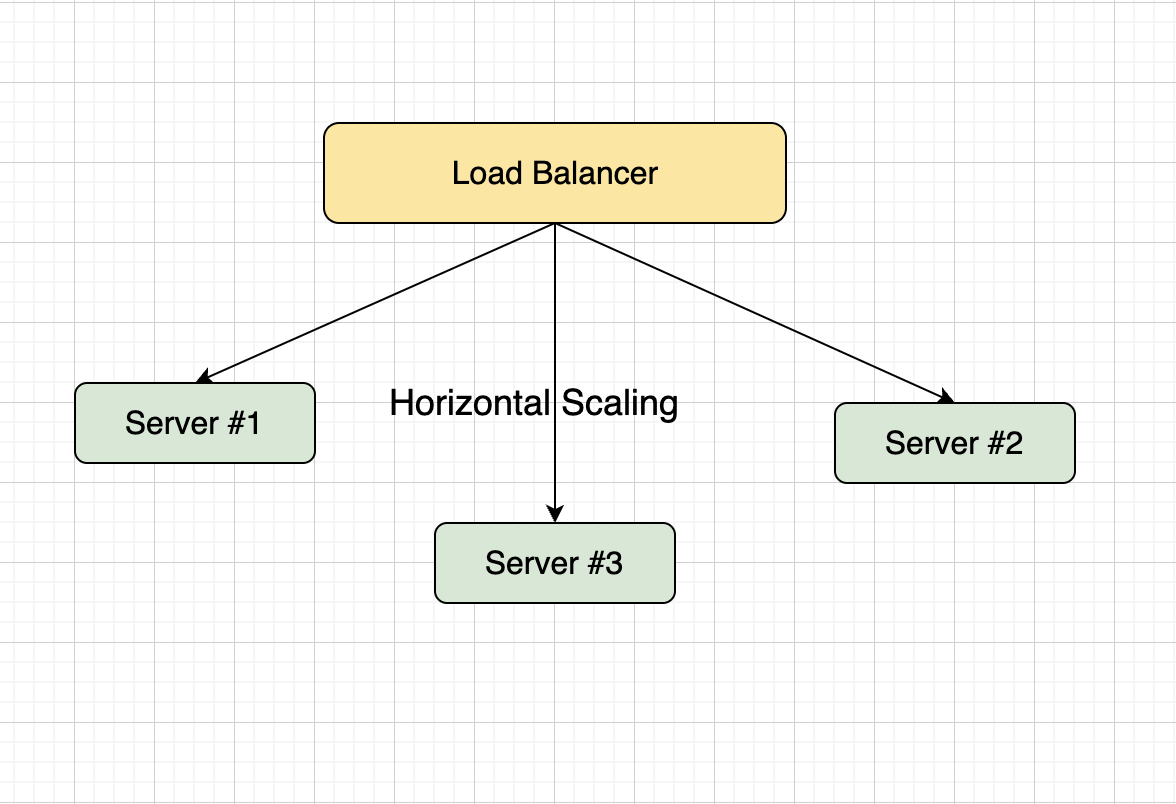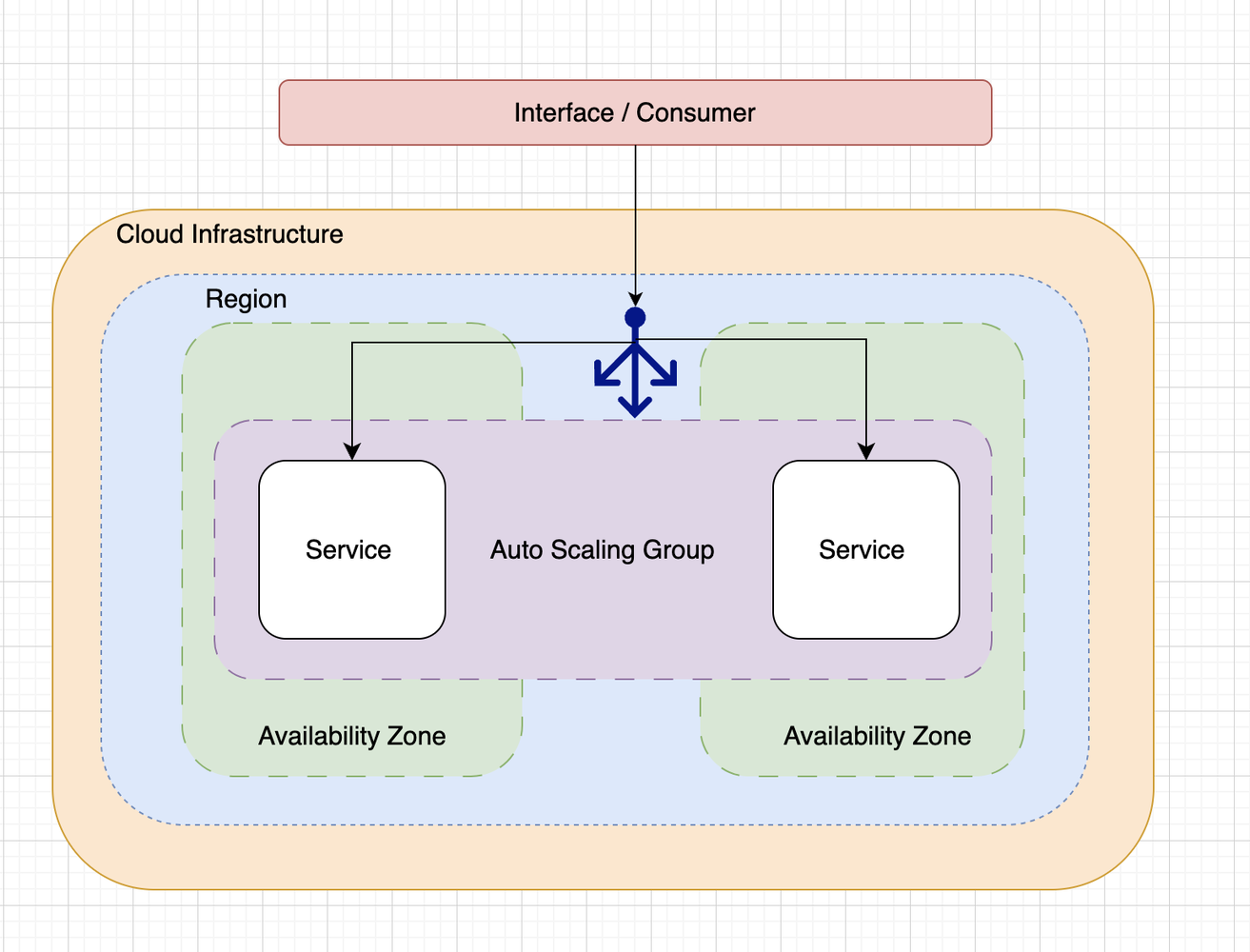With the long history of software development, one debate persists: should we prioritize solid application architecture and adhere to best development practices before building a working prototype, or should we quickly create a functional prototype to validate the idea before investing considerable time and resources in identifying technology and architecture?
Given the rapid evolution of technologies and the increasing demands of business requirements, right approach is to emphasises speed while ensuring the quality and robustness of the application or architecture.
Rapid Application Prototyping (RAP) offers a valuable method to put ideas into action and comprehend both the technical and functional aspects of a solution. Rapid Application Prototyping (RAP) is an approach that prioritizes building and displaying the minimum viable functional view of an application as soon as possible.
Few essential aspects of platforms supporting Rapid Application Prototypes.
Modularity: A prototype should be developed using modern modular architecture patterns, enabling easy integration or modification of business features and technical solutions. Modularity facilitates the construction and maintenance of smaller, more manageable components.

Loose Coupling: Modular components of the application should possess well-defined interfaces to encourage loose coupling among them. Loose coupling simplifies the integration of new features or technologies.

Scalability: A RAP platform should support the construction of a scalable architecture, enabling preliminary horizontal scaling of modular components. Scalability is crucial for creating resilient and high-performance systems.

Resilience and Robustness: In the event of a component failure or issue, the entire system should not necessarily collapse. Failures should be contained within the affected module or service, minimizing their impact on other parts of the application. The modules or services within an application should demonstrate robustness, meaning they can gracefully handle failures, unexpected conditions, and varying loads while maintaining overall functionality and availability.

WeDAA engineering platform empower developers to build Rapid Application Prototypes (RAP) quickly with all the essential features required for building a well architected enterprise application.